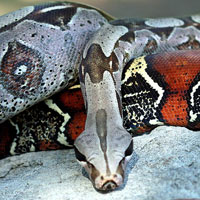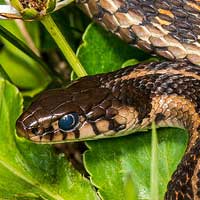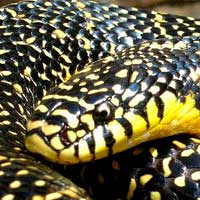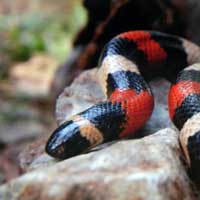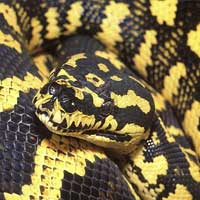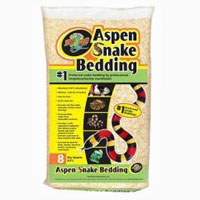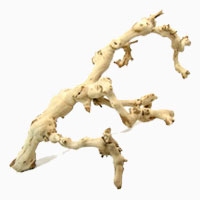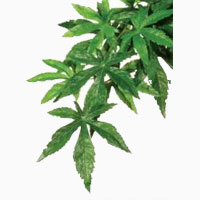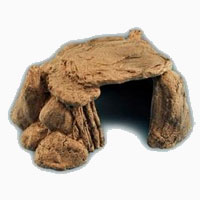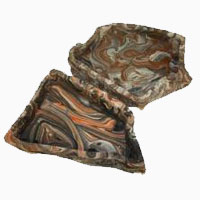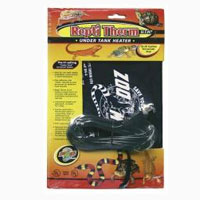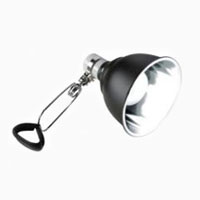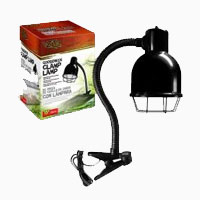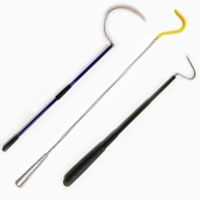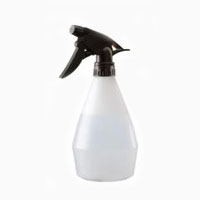Utah Mountain Kingsnake
Scientific Name: Lampropeltis Pyromelana Infralabial
Share this Post
It is of medium size and has bands comprising of red, black and white colors. It has a characteristic white color on the snout. Its dorsal and ventral surfaces are covered with red and white bands that over the whole body. Its average length ranges from two to 3.5 feet. Utah mountain kingsnake has scales of different types. Some are smooth while others flecked with bright white color. Generally, Utah mountain kingsnake has a beautiful pattern due to different coloration on the body. Its scientific name is Lampropeltis pyromelana infralabial.
Utah Mountain Kingsnakes Are Beautiful Creatures
Facts About Utah Mountain Kingsnakes
Geographic Location
One finds Utah mountain kingsnake in diverse locations of the world. In America, it can be found in Arizona, Mexico, virgin mountains, Utah as well as Nevada.
Habitat
This species occur in mountainous habitats. They also live along rivers, streams and springs. Other habitats include old rocks and rotting logs. Utah mountain kingsnakes share habitats with New Mexico locusts that colonize ponderosa pine trees.
Behavior
Utah mountain kingsnakes prefer low temperatures to high temperatures. They live beneath the ground to cool their body surfaces. Occasionally, one may find them basking in the sun with their tails hidden underneath the ground. This species preys on lizards, rodents as well as birds. They have well adapted belly muscles that allow them to climb trees where they prey on birds in their nests.
Reproduction
This snake species breeds during summer season to enhance survival of hatchlings. Females lay an average of three to six eggs per cycle. Hatchlings size range from eight to 11 inches. During winter, reproduction activity is low because hatchlings cannot survive in the cold winter temperatures.
Captivity
Utah mountain kingsnake is rarely captured because it is protected within its geographic location. Its beautiful skin makes it a subject of poaching because the skin has high value.
